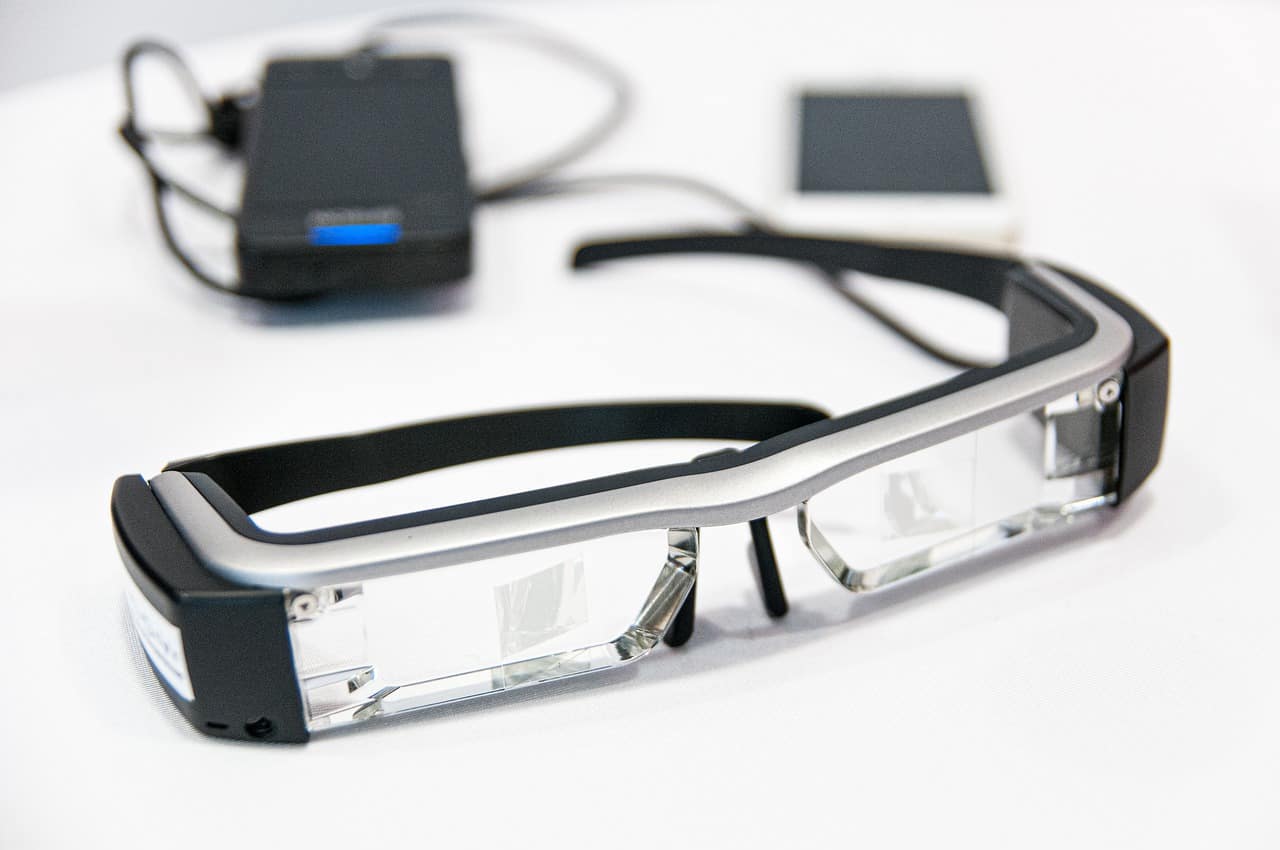
German professor Stefan Schneegaß from the Human Computer Interaction department at the University of Duisberg-Essen is investigating new methods whereby vibrations from the human body can be used for personal identification. There is already some interest from telecom companies, he tells Innovation Origins.
One example of the new identification method being developed involves placing your arm on a plate that sends out signals to which your arm responds, the professor explains when questioned. The precise manner in which a limb reacts varies from person to person. Vibrations in an arm’s response are unique. A new identification code is created by registering these vibrations and linking them to personal data. Another method for logging on to a computer or mobile phone, for instance, uses Google glasses, says Schneegaß. These send out a sound to which the body of the person wearing a pair of Google glasses then responds, which in turn alters the vibrations in a unique way. This is detected by an opening on the front side of the Google glasses. This is how it registers whether or not the glasses are worn by a user who has a connection with a computer or mobile phone. If not, the wearer cannot log in because their body reacts differently to these sound vibrations.
Device on your arm
A similar system is also possible for a device that you could wear on your arm and which detects signals from your body that correspond to the device on which you can log in, says Schneegaß.
The reason why Schneegaß is looking for new methods for biometric personal identification is that the existing methods are relatively easy to forge. The most well-known biometric method that we have been using worldwide for quite some time now is the fingerprint, for example for the smartphone starter button. “Fingerprints are left behind everywhere,” says Schneegaß. So they are easy to copy. This has actually already happened before. For example, in 2015, a Chinese hacker group was suspected of stealing more than 5 million fingerprints from the American government’s personnel administration, which was serving as an identification tool.
Whether the new methods can’t be tampered with is difficult to say. “In any case, it will be more complicated”, Schneegaß expects. But it’s not possible to rule it out completely because you never know which technology a future thief will use to make use of unique, physical characteristics.
Telecom companies are dying of impatience
It turns out that the key question is when will new biometric identification methods be introduced onto the market. Schneegaß: “I get calls from telecom companies every year asking if the technology is already available. But we are still barely at the start of this new development.”
According to the professor of Human Computer Interaction, the introduction of a new biometric identification method is not just about its technical performance. “It’s also about being user-friendly. And the latter is not always the case when it comes to existing methods. So in that respect, new methods must lead to improvements as well. He cites fingerprint identification at the customs authorities at airports in the United States as an example of shortcomings in this area. You have to make a print of several fingers there before you are allowed to walk through. “If that takes two minutes for every passenger, and there is a very long queue, then it is not that user-friendly”.








